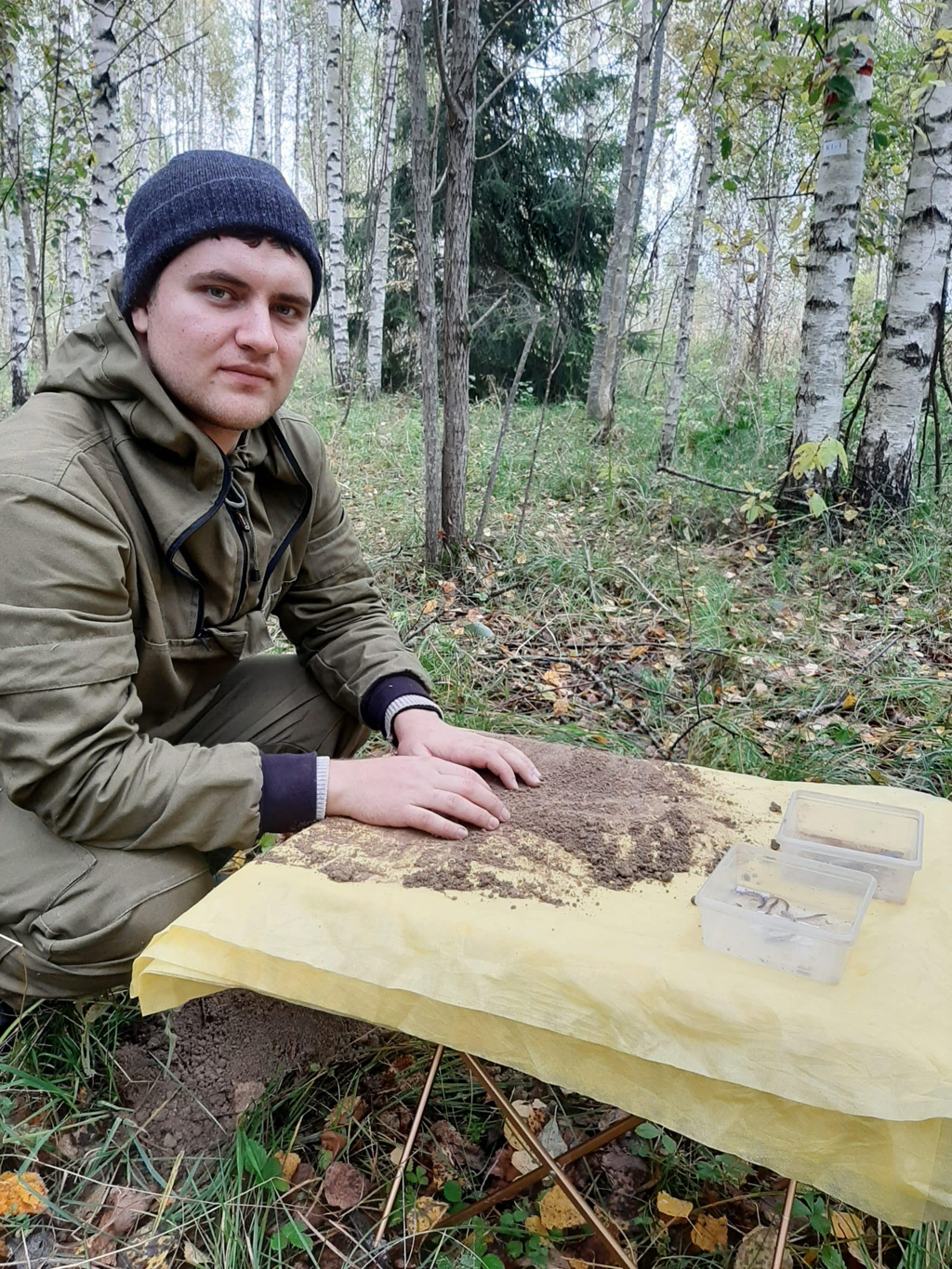Russian scientists have filled a "white spot" on the global biodiversity map.
The results of the work have been published in the Biodiversity Data Journal. Earthworms are a crucial group of invertebrates that impact soil fertility and can alter the environment in their habitats. For instance, in the forests of Canada, the introduction of European earthworm species has led to changes not only in the diversity of herbaceous plants and trees but also in the regional carbon balance over several decades. Therefore, it is essential for scientists to understand which species of earthworms inhabit a specific area. By observing the species composition and its changes, one can assess the condition of ecosystems, their resilience, the influence of external factors, and forecast their future changes.
Today, many ecosystems are changing and even deteriorating due to human activities, climate change, and invasions of alien species, putting some animal and plant species on the brink of extinction. To evaluate the state of ecosystems and monitor the dynamics of species ranges, researchers utilize global digital portals that receive data from various sources. However, scientists still face the challenge of insufficient data for many regions and groups of organisms, making their work difficult.
The territory of the former USSR remains a “white spot” on the digital maps of global biodiversity. Despite the fact that Soviet and Russian scientists conducted numerous studies to inventory different groups of organisms and accumulated a vast amount of data, the results obtained remain largely unknown to other researchers. Publications from the Soviet period are almost inaccessible online, and some articles have only survived in print in a few libraries.
Scientists from the Institute of Mathematical Problems of Biology of the Russian Academy of Sciences have for the first time summarized, digitized, and published information on the distribution of earthworms in Russia and neighboring countries in the global biodiversity information system GBIF. During the study, more than 300 articles were found and analyzed, resulting in over 5,000 records of occurrence points for this group of species. The collected data covered the territory of 27 countries, for some of which it became the first information about earthworms in GBIF.

“In the digitization process, we did not limit ourselves to the European part of Russia, as we aimed to present as comprehensively as possible the results accumulated by generations of domestic soil zoologists on an international level. Thanks to the results obtained, we were able to build models of potential distribution for the species we studied and compare them with the global model of earthworm diversity. We demonstrated that due to the limited volume of primary data, the global model significantly underestimates the diversity and abundance of this group in Russia.
The published information will enhance the global model and yield more realistic estimates of earthworm populations not only for our country but for all of Northern Eurasia. In the future, we plan to supplement the data we collected on earthworm occurrence points with information from other sources, including scientific volunteer projects. This will contribute to further improving the quality of global and regional models and will aid in studying the invasions of alien earthworm species occurring in our country due to global climate changes,” explains project participant Maxim Shashkov, a senior researcher at the Computational Ecology Laboratory of the Institute of Mathematical Problems of Biology of the Russian Academy of Sciences, supported by an RNF grant.